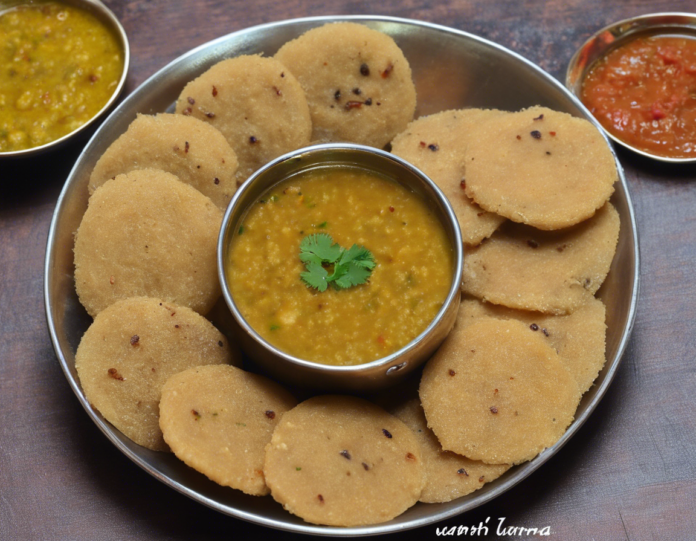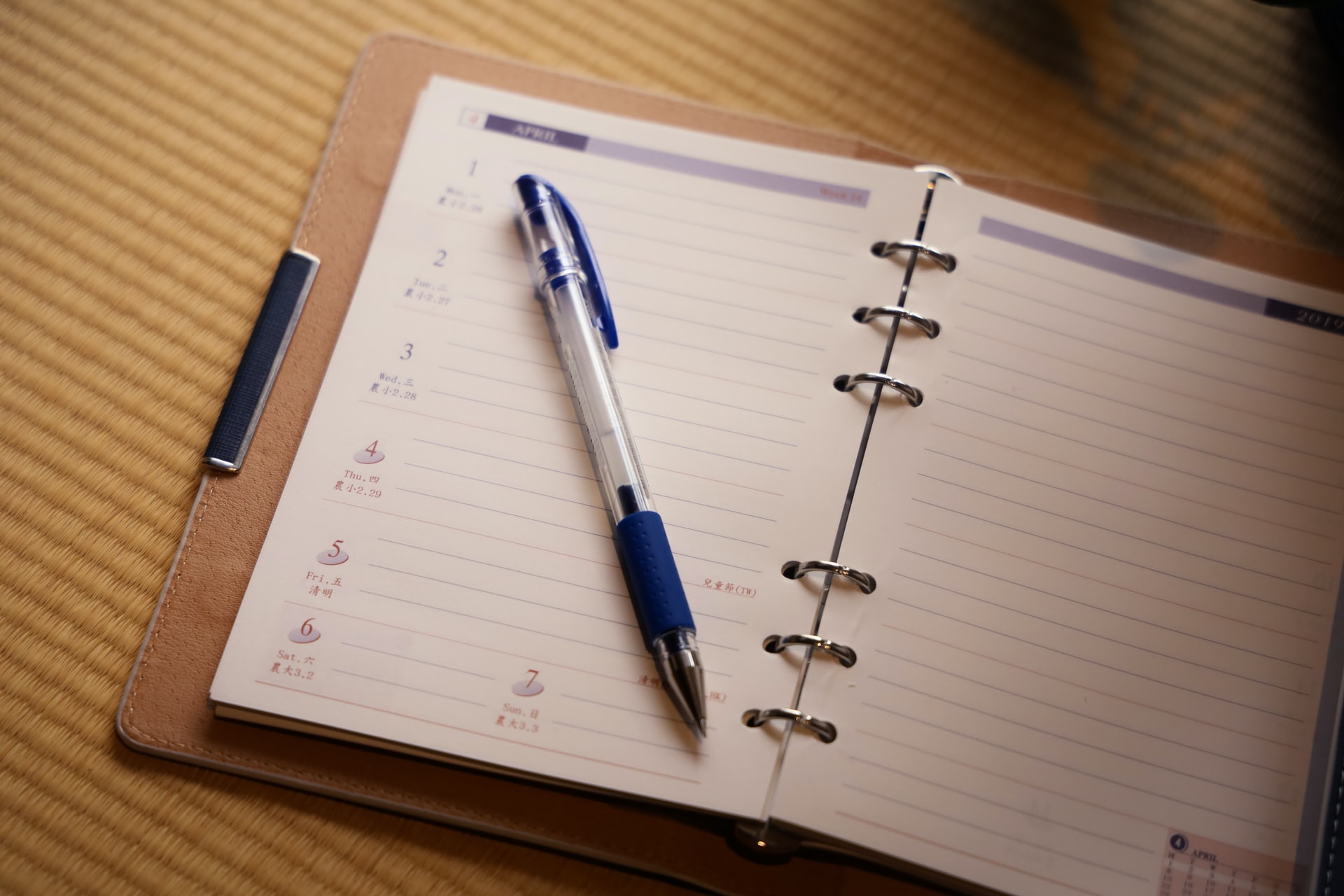Introduction
Dal Bati Churma is a traditional Rajasthani delicacy that combines three components – dal (lentil curry), bati (baked wheat rolls), and churma (coarsely ground wheat mixed with ghee and sugar). This hearty and flavorful meal is a staple in Rajasthani cuisine and is cherished for its rich taste and nutritional value. In this article, we will delve into the origins of Dal Bati Churma, its ingredients, preparation methods, nutritional benefits, and variations. Let’s embark on a culinary journey to unravel the secrets of this decadent delight.
History and Origins
Dal Bati Churma traces its roots back to the arid region of Rajasthan in India. It originated as a meal for the hardworking locals who needed a nutritious and energy-packed dish to sustain them through long hours of labor in the unforgiving desert terrain. Over time, it evolved into a beloved dish that symbolizes the spirit and essence of Rajasthani culture and hospitality.
Ingredients
The beauty of Dal Bati Churma lies in its simple yet wholesome ingredients. Let’s break down the components:
-
Dal: The lentil curry is typically made using whole or split pulses like tuvar (pigeon pea), urad (black gram), or chana (chickpea) dal. The lentils are cooked with spices like cumin, coriander, turmeric, and red chili powder to impart a robust flavor.
-
Bati: The bati is a round-shaped bread roll made from whole wheat flour, ghee, yogurt, and a pinch of salt. The dough is shaped into balls and baked in a traditional clay or tandoor oven until it turns golden brown and crispy on the outside.
-
Churma: Churma is a sweet side dish made by coarsely grinding baked wheat bati or roti and mixing it with ghee, jaggery, or sugar. It adds a delightful contrast to the savory dal and bati.
Preparation Methods
Preparing Dal Bati Churma is a labor of love that requires attention to detail and patience. Here’s a step-by-step guide to crafting this exquisite dish:
-
Dal: Rinse the lentils thoroughly and soak them for a few hours. Pressure cook the lentils with water, salt, turmeric, and spices until they are soft and well-cooked. In a separate pan, prepare a tempering (tadka) of ghee, cumin seeds, asafetida, and red chili powder. Pour the tempering over the cooked dal and simmer for a few minutes.
-
Bati: In a large bowl, combine whole wheat flour, ghee, yogurt, salt, and water to form a stiff dough. Divide the dough into equal-sized balls and flatten them slightly. Bake the batis in a preheated oven or tandoor until they are cooked through and have a crispy exterior.
-
Churma: Break the baked batis into pieces and grind them coarsely in a food processor. Heat ghee in a pan, add the ground bati crumbs, and roast them until they turn golden brown. Sprinkle sugar or jaggery over the mixture and cook until it caramelizes slightly.
Nutritional Benefits
Dal Bati Churma is not just a feast for the taste buds; it also offers a plethora of nutritional benefits. Here are some highlights:
- Protein: The combination of lentils and whole wheat in Dal Bati Churma provides a good amount of plant-based protein, essential for muscle growth and repair.
- Fiber: Lentils are rich in dietary fiber, which aids in digestion, regulates blood sugar levels, and promotes gut health.
- Vitamins and Minerals: This dish is a good source of vitamins like folate, vitamin C, and vitamin K, along with minerals such as iron, magnesium, and potassium.
- Healthy Fats: Ghee used in the preparation of Dal Bati Churma is a source of healthy fats that are essential for brain function and hormone production.
Variations
While the traditional recipe of Dal Bati Churma holds a special place in Rajasthani cuisine, there are several regional variations and modern twists to this classic dish. Some popular variations include:
- Stuffed Bati: Batis filled with a spicy mixture of peas, potatoes, or paneer.
- Masala Churma: Churma flavored with a medley of spices like cardamom, cinnamon, and nutmeg.
- Kadhi Bati: Batis served with a tangy yogurt-based curry instead of dal.
Frequently Asked Questions (FAQs)
- Can I use different types of lentils in the dal for Dal Bati Churma?
-
Yes, you can experiment with various lentils like moong (mung bean) dal or masoor (red lentil) dal to create different flavors and textures in the dish.
-
Is it necessary to bake the batis, or can they be cooked on a stovetop?
-
While baking batis in a tandoor or oven is the traditional method, you can also cook them on a stovetop using a heavy-bottomed pan with a lid.
-
How can I make a healthier version of Dal Bati Churma?
-
To make the dish healthier, you can use whole wheat flour for the batis, reduce the amount of ghee used, and opt for natural sweeteners like honey or dates in the churma.
-
Can I make Dal Bati Churma in advance?
-
Yes, you can prepare the components of Dal Bati Churma in advance and assemble them just before serving. The flavors tend to meld together beautifully when given some time to sit.
-
What are some ideal accompaniments for Dal Bati Churma?
- This dish pairs well with sides like a tangy mango pickle, spicy green chutney, cool cucumber raita, or a refreshing glass of buttermilk.
In conclusion, Dal Bati Churma is not just a meal; it’s a cultural experience that celebrates the vibrancy of Rajasthani culinary heritage. Whether you savor it at a local eatery in Rajasthan or recreate it in your kitchen, this dish promises a burst of flavors and textures that will leave you craving for more. So, gather your ingredients, roll up your sleeves, and immerse yourself in the joy of cooking this decadent delight.










